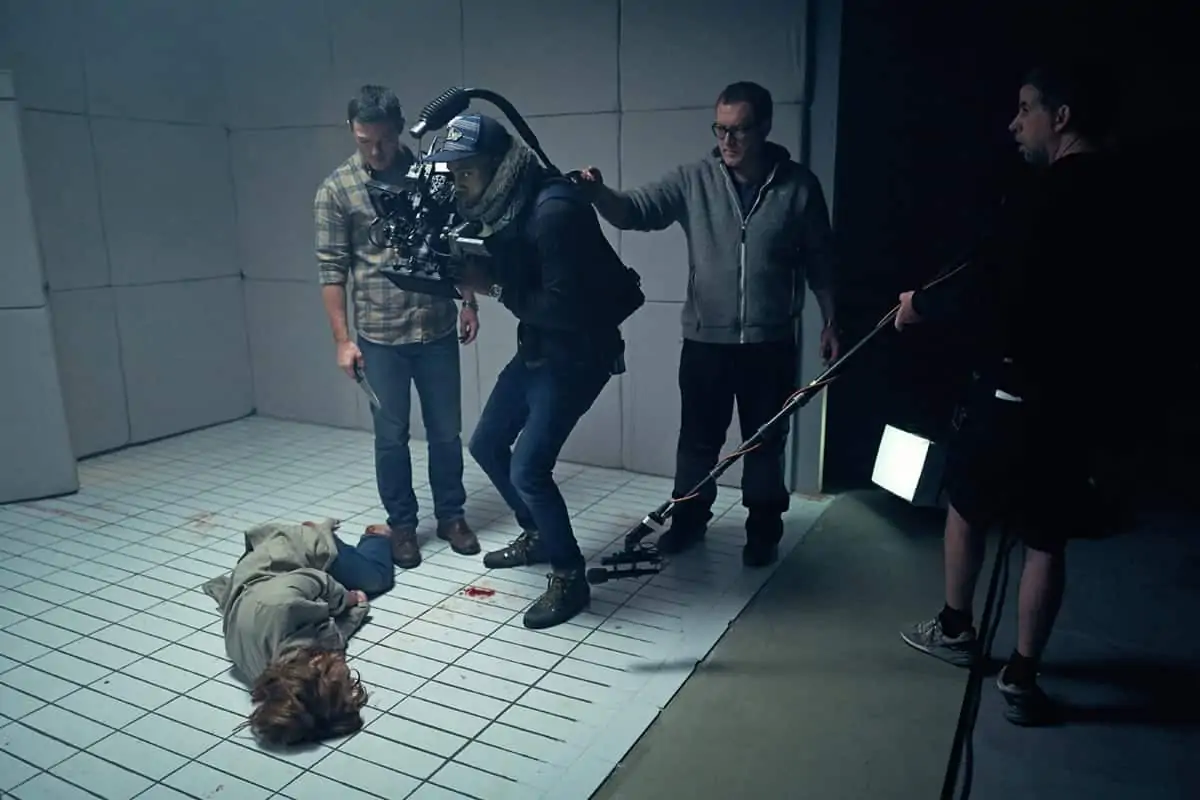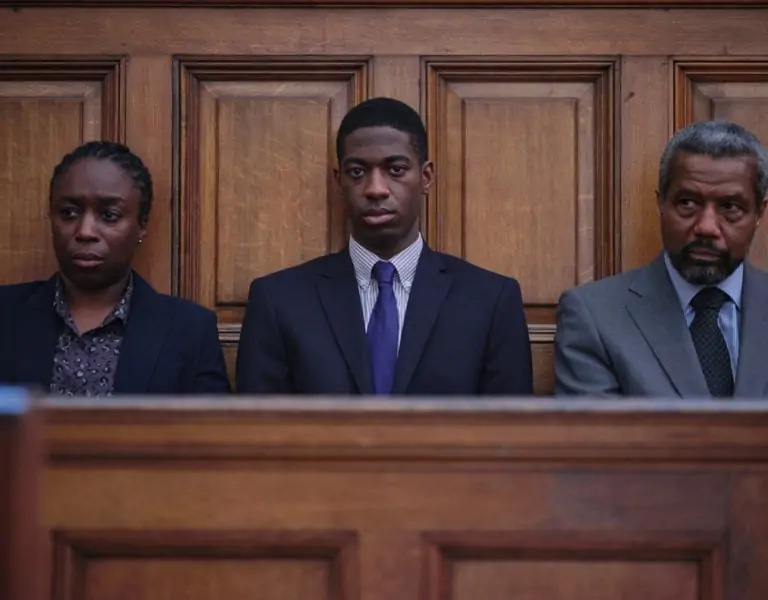POWER TO THE PEOPLE
Cinematographer Aaron Reid grounds a new breed of superhero in south London.
Few would have pegged Peckham as the home of a new breed of superheroes but that’s what new six-part Netflix series Supacell has done. Written and directed by Andrew Onwubolu, commonly known by his stage name Rapman (Blue Story), this drama sci-fi about a group of Black superpowered people is shot by Aaron Reid (A Town Called Malice).
“They wanted something grounded. It needed to feel big in scale yet for the first few episodes it was very important to establish the emotional heart of our characters,” says Reid.

“Every reference Raps gave us was American. It was Marvel and DC, Snowfall, BMF and the Wire. That led us to a few important decisions.”
One was to work with Joseph Bicknell, a British grader working at Company 3 in New York. “He has a real eye on the American sensibility because he is working with American commercials and music videos every day but he knows British terrain and its weather.”
Another was to shoot on Alexa 35, a camera selected by Reid because of its 17 stops of dynamic range. “Our leads are incredibly attractive and I wanted to bring that out so having a lot of range in the highlights felt like a really good option,” he explains. “We were going to be shooting dark skin tones in environments where we might be shooting against a hot window. I wanted to have exposure of the window and the exposure of our subjects.”
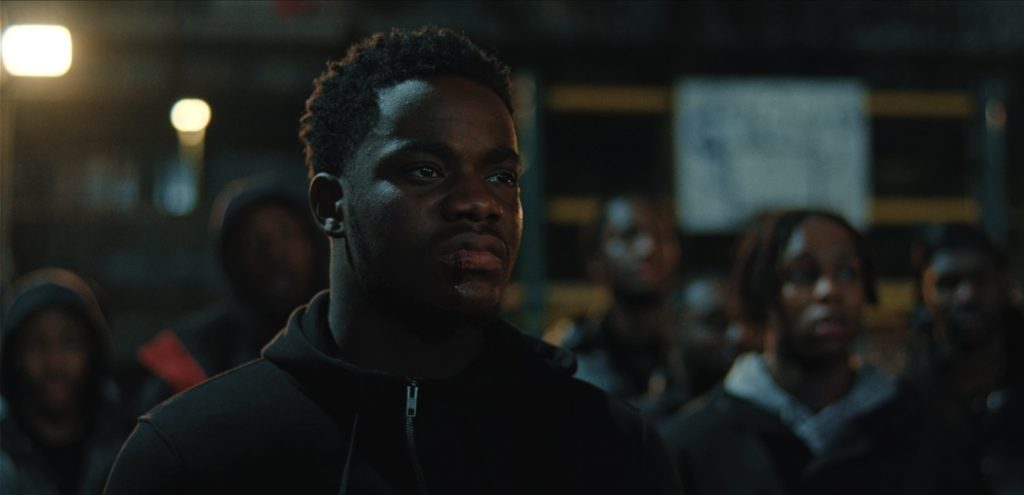
With orders for the camera already backlogged before its release, the production worked with rental house One Stop Films to beat the competition. With DIT Alix Milan, Reid tested its capabilities side by side with Venice and Alexa LF and, with the agreement of Netflix technologist Chema Gomez, dispatched One Stop Films to Munich to make the case to ARRI, coming back with agreement to use two units and making it (probably) the first UK show to shoot them.
“The main feature I liked is it is really hard to over expose anything,” Reid reports. “We have scenes with explosions and we kept all the detail in all the highlights. Even if an image might seem blown out all you need do is put a bit of a curve on it and bring back the information. Plus, it has a cleaner feel than a LF or Mini.”
The new camera came with a challenge since there was no firmware with which to upload the exterior and interior LUTs designed by Reid and Bicknell, so Company 3 wrote one.
Wanting a faster T stop, Reid paired it with Tribe7 Blackwings. “They’ve got a really nice bokeh and a soft quality about them. At the same time they hold details really nicely. It’s got its own slight bit of contrast too.”
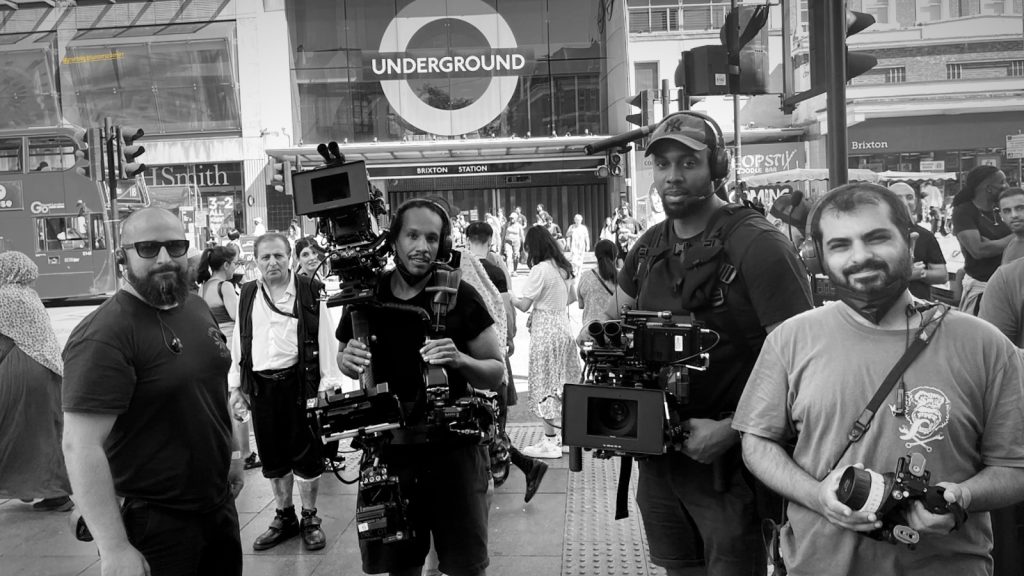
Creative considerations
As sensitive as the camera may be, darker skin tones are naturally more absorbent of light, so Reid lit almost every scene, from the set piece finale to smaller scenes, in a café with a simple key light on the lead characters.
“Our cast has the full spectrum from lighter to darker skin and lighting them should be understood by the cinematographer. It wouldn’t matter what cameras I use, it’s something I’d always consider.”
He explains, “I light for the space but we also had some handheld Jem Balls so when the action is moving we could move around with our actors. If I was working with white skin tones I might not have needed to but in low light situations especially that light doesn’t translate so you’ve got to give it a little kick on to your characters.”
Reid lensed episodes one, two and six and shot all the pick-ups for the show, with Sam Heasman shooting the other block.

Local lads
Both Reid and Rapman are south London bred so were very familiar with most of the locations for Supacell in Thamesmead, Slough, Peckham and Deptford. Because of the scheduling, there were periods when the DP was juggling seven lighting crew variously rigging, shooting and derigging locations some of which doubled for the same story location.
He credits gaffer Paul Parker and rigging gaffer Thomas Thomas for their wealth of experience in keeping it all within budget. Pixipixel supplied all lighting equipment and HVO-powered generators for the production.
At an army base in Slough they rigged a large inflatable green screen to shoot live action for a scene set in Piccadilly Circus which began with extensive previs.
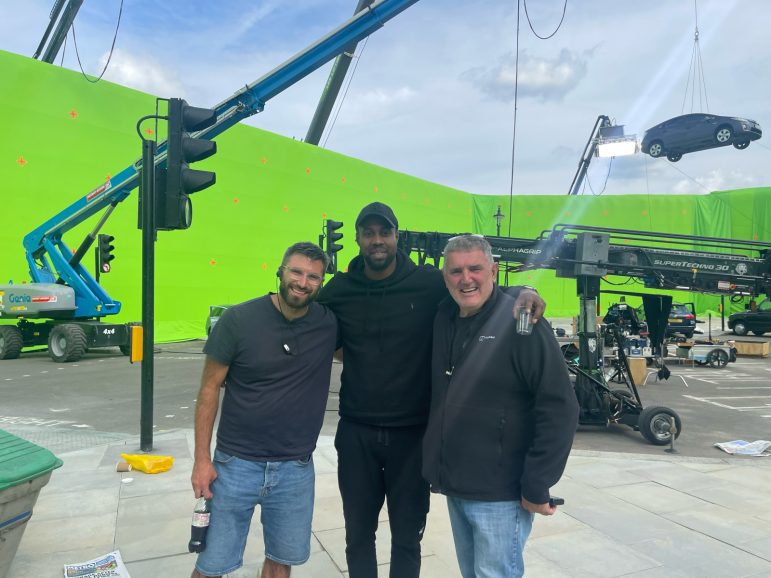
“The idea was to keep it grounded – until it isn’t,” says Reid of the superhuman elements that increasingly invade the story. “The opening scene is very stylised and hints at what is to come. Then we revert to a drama that looks and feels normal. The way the super powers are shown is exactly how Raps envisioned it.”
By the finale the world building of Supacell has only just begun.
“The idea that characters could gain superhero powers because they’ve inherited a particular gene means they could pop up anywhere. This series is a South London show but Raps could go where he wants. Why not take it to LA, the Bronx and Mumbai or Australia?”
Of Rapman himself, Reid says his energy was infectious on set. “On one night exterior shoot we’d put up four large cranes with lights only for everyone to arrive and the set is waterlogged with gale force winds. We took the cranes down but Raps was calm and said let’s carry on and shoot it another way. He knows how to get the best out of his actors and the whole team.”
